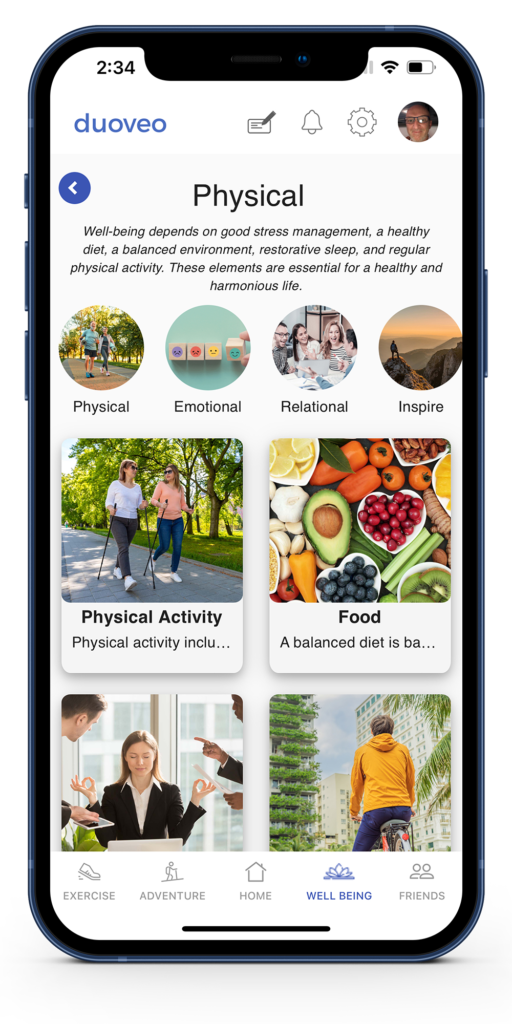Reinventing Loving Dialogue 🌹
When the storm rumbles under the marital roof, mediation techniques for couples become precious allies. Yes, even the most united duos can find themselves stuck in the quicksand of misunderstandings and frustrations. But here’s the good news: there are concrete tools to defuse conflicts and rediscover the joy of “us.”
Why Mediation in Couples Isn’t Just for Serious Crises 🌈
We often imagine mediation as the last life raft before shipwreck. Yet offering yourselves a space for mediation is, above all, cherishing your relationship. It means choosing to grow together—even (and especially) when communication goes off track.
Mediation offers a neutral ground where each person can lay down their feelings without fearing retaliation. It helps break out of the well-known drama triangle, where we endlessly oscillate between victim, rescuer, and persecutor. In short, it puts both play (and self) back into the exchange.
The Pillars of Successful Mediation 🛡️
1. Create a safe space
Before even opening your mouth, the setting matters. Sit together in a place where you both feel safe, away from prying ears and interruptions (goodbye smartphones!).
The golden rule? No judgment. The goal is not to win, but to understand. Establishing a pause keyword (“pineapple,” “confetti”?) can also help defuse rising tension without slamming the door.
2. Learn to really listen
Yes, listening is more than waiting for your turn to speak. It means welcoming the other person’s inner world, even when it feels strange or unfair.
A powerful trick: reformulate what your partner just said. It shows you have truly heard, and it prevents many misunderstandings.
For example: “If I understand correctly, you felt abandoned when I left without warning?” One simple sentence, and voilà!—a bridge is built.
3. Speak in “I”
Avoid the trap of the “you that kills”: “You never think about me,” “You always put work before everything else.”
Instead, choose sentences that express your own feelings: “I felt sad when you came home late last night.”
Speaking in “I” means taking responsibility for your emotions without accusing. It’s daring to be vulnerable without drawing your sword.
4. Clarify the need behind the reproach
Behind every reproach lies an unmet need. The challenge is to uncover it.
Example: behind “You never listen to me” there may be a need for recognition, attention, or intimacy. When you name your need, your partner can finally understand what you expect—and take action.
5. Find creative solutions together
Mediation is not a complaints session—it’s a solutions factory! Instead of getting stuck on “who’s wrong,” ask yourselves the magic question: “How could we do this differently?”
Disagreement about holidays? Invent a hybrid formula: three days at the seaside for one, three days in the mountains for the other. The idea is not to cut in half but to weave together a tailor-made solution.
Guided Mediation: When to Ask for Help? 🌟
Sometimes, despite all the goodwill in the world, tensions remain too high. This is when a professional mediator can become a powerful catalyst.
Trained in emotional dynamics, they help put words to wounds, restore listening, and open up new perspectives. They do not take sides; they light the way. A candle in the storm.
Spotlight on Inspiring Techniques 💡
Nonviolent Communication (NVC).
Created by Marshall Rosenberg, NVC invites us to describe facts without judging, express our feelings, identify our needs, and make a concrete request.
Example:
- Observation: “When I see you reading your phone while I’m talking…”
- Feeling: “… I feel ignored …”
- Need: “… because I need to be listened to …”
- Request: “… could you put your phone away during our important conversations?”
Simple, powerful, and remarkably effective.
Equal speaking time.
Adopting a symbolic talking stick can prevent the eternal verbal ping-pong. Each person speaks for a set time (say, 5 minutes), without interruption, while the other actively listens.
The aim? To let each person fully share their vision without being pulled into immediate rebuttals.
The relational gratitude journal.
Instead of focusing on “what’s wrong,” this small ritual invites each partner to write, every day, one thing they appreciate about the other.
Collected over time, these little nuggets restore trust, esteem, and complicity. A sweet alchemy that transforms how partners see and relate to each other.
The Pitfalls to Avoid ⚠️
- Wanting to convince: the aim is to express your feelings, not to rally the other to your cause.
- Using mediation as a courtroom: the goal is to resolve, not to judge.
- Minimizing emotions: what is felt is real, even if it seems exaggerated to you.
- Postponing until later: better to tackle tensions while they are still lukewarm than to wait until they erupt like volcanoes.
Mediation: A Path Toward More Love 💕
Mediation techniques for couples do not promise a life without conflict (and thankfully so!). They offer something better: a way to cross disagreements without getting lost in them, a chance to grow together instead of drifting apart.
Because, after all, isn’t love also about learning to dance in the middle of storms, hand in hand?
Sources :
- The Power of Couples Therapy – American Psychological Association
- Communication Techniques for Conflict Resolution – Harvard Business Review
- Emotionally Focused Therapy for Couples – ICEEFT
- Couples Mediation Strategies – Mediate.com
- Nonviolent Communication and Conflict Resolution – Center for Nonviolent Communication


